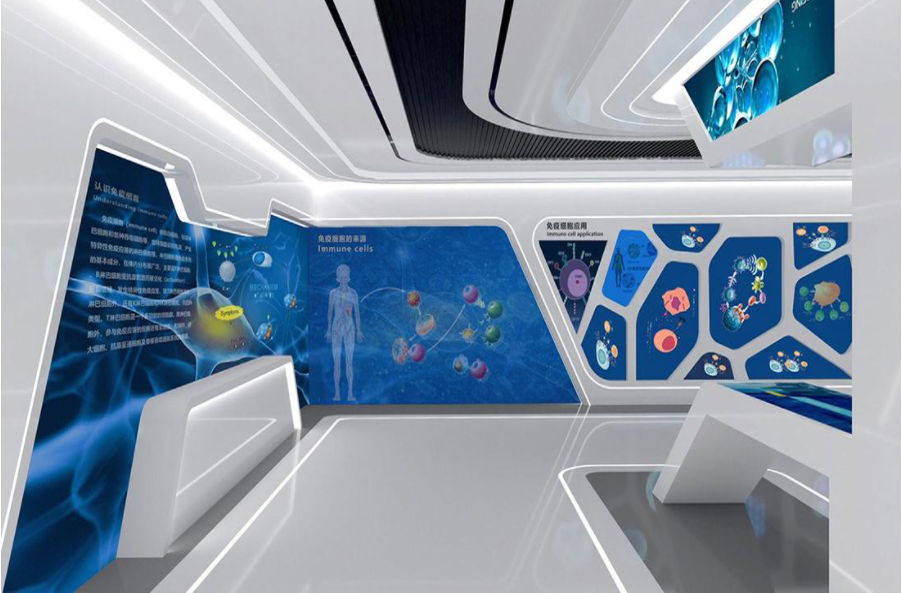Bluetooth indoor positioning technology can be simply divided into two categories: positioning technology based on fingerprint matching and triangulation technology based on distance measurement. The former has a small application range and high cost, and the application of triangulation technology has a wide range of applications, such as large volumes and indoor environment changes. Large scenes, such as exhibitions, museums, parking lots and other places.
Triangulation technology is to establish a distance conversion model based on the RSSI emitted by the equipment in the field. When the mobile terminal enters the coverage of multiple Bluetooth devices, the built-in Bluetooth scanning algorithm of the mobile terminal multiple times screens out the three devices with the largest RSSI value, and obtains their corresponding coordinate points, and then calculates them through some other auxiliary methods The current location of the smart terminal.

In the exhibition, according to the interval of 4-6 meters, the design of Bluetooth points in public walkways, elevators, driveways, etc., and assign a unique number to all Bluetooth points. Considering that WeChat is widely used in China, navigation applications can be carried in WeChat applets, which can generate lightweight 2D and 3D vector maps by drawing the map of the venues. Customers can provide positioning and navigation services as long as they open the applets.
For example, the Shenzhen Convention and Exhibition Center, which not only provides positioning and navigation services, but also provides parking navigation. Although a video parking guidance system has been installed in the exhibition center, it is still difficult for users to know the exact path of arrival after learning the location of the vehicle through the parking guidance system. After the Bluetooth positioning and navigation system is connected to the parking guidance system, users can use the WeChat applet to query nearby empty parking spaces, find cars, and find the nearest exit of the nearest passenger elevator anytime and anywhere.